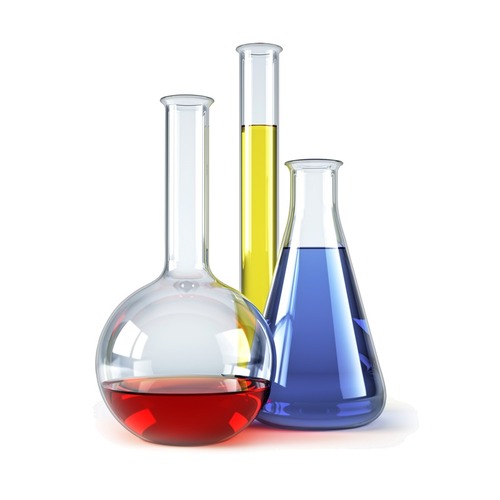The PVC (polyvinyl chloride) industry commonly uses liquid barium/zinc stabilizers, which are combinations of barium and zinc soap compounds, to improve heat stability.They play a vital role in preventing the degradation of PVC during its processing, ensuring that the final product remains durable and effective for its intended application.
The Science Behind Liquid Barium/Zinc Stabilizers
PVC is inherently unstable when exposed to heat. During processing, the application of heat can lead to the release of hydrochloric acid, resulting in dehydrochlorination. This breakdown leads to a darkening in color, physical property changes, and overall degradation of the PVC material.
Liquid barium/zinc stabilizers act as acid scavengers. They neutralize the hydrochloric acid released when heating PVC.By doing so, they prevent degradation, ensuring that PVC products retain their intended characteristics like clarity, flexibility, and mechanical strength.

Key Features
- Non-Toxicity:. One of the most significant advantages of liquid barium/zinc stabilizers is their non-toxic nature, making them suitable for sensitive applications like food packaging and water pipes.
- Efficiency:. These stabilizers offer efficient heat stabilization at lower dosages compared to other stabilizers like lead-based counterparts.
- Clear Stabilization:. Barium/zinc stabilizers are favored for clear PVC applications because they don’t impart any color to the final product.
- Environmentally Friendly:. Barium/zinc stabilizers are more eco-friendly compared to lead-based stabilizers, aligning with global moves towards more sustainable and environmentally friendly production processes.
Applications of Liquid Barium/Zinc Stabilizers
- PVC Food Packaging:. Their non-toxic nature makes liquid barium/zinc stabilizers an excellent choice for food packaging materials, ensuring that the food contained remains safe for consumption.
- Medical Devices:.Medical professionals frequently use PVC for products such as tubing and blood bags.Here, the non-toxicity of the barium/zinc stabilizer is crucial.
- Pipes and Fittings:. PVC pipes benefit from the enhanced heat stability offered by these stabilizers, ensuring they don’t break down quickly over time.
- Electrical Cables:. PVC is a common insulation material for wires. The stabilizers ensure that the insulation remains effective and doesn’t degrade upon exposure to heat or over time.
- Flooring:. PVC flooring, especially in commercial spaces, benefits from the durability provided by barium/zinc stabilized PVC, leading to longer-lasting products.
- Clear PVC Products:. Items like clear PVC shoes, bags, and other fashion products rely on the stabilizers to maintain their clarity and luster.
Optimizing for High Ranking on Google Search Engine
To ensure that an article on liquid barium/zinc stabilizers ranks high on Google, there are several strategies to consider:
- Keyword Research:. Identify the primary keywords related to barium/zinc stabilizers and ensure they’re integrated seamlessly into the content.
- Quality Backlinks:. Have reputable PVC industry websites or chemical industry platforms link back to the article, which can improve its credibility in the eyes of search engines.
- Regular Updates:. Ensure that the information in the article remains updated. The PVC industry is evolving, and newer applications or findings can emerge.
- User Experience:. Ensure the webpage hosting the article is mobile-friendly, fast-loading, and offers a positive user experience.
- Engage with the Audience:. Encourage readers to comment, share, and interact with the content. User engagement signals can positively influence search rankings.
- Content Depth:. A comprehensive article that covers all facets of the topic is likely to rank higher. This depth demonstrates the content’s authority on the subject.
Conclusion
Liquid barium/zinc stabilizers play a pivotal role in the PVC industry, ensuring products maintain their desired characteristics. Furthermore, their non-toxic nature, combined with their efficient heat stabilization capabilities, makes them a top choice for various applications. As a result, as the global market continues to prioritize safer and more eco-friendly products, consequently, it’s anticipated that the demand for such stabilizers will only increase.
